As the end of the school year approaches, the classroom energy shifts. Students are ready for something different—something hands-on, meaningful, and energizing. This is the perfect moment to implement Project-Based Learning (PBL).
PBL isn’t just a way to review content—it’s a chance for students to engage deeply with real-world problems, work together, explore their interests, and build skills that go far beyond the classroom.
Why End-of-Year PBL Works
Project-Based Learning at the end of the year gives students a purposeful way to revisit academic skills while embracing creativity and autonomy. It offers:
-
Meaningful academic review – Students apply what they’ve learned through authentic, interdisciplinary tasks.
-
Collaborative learning – Team-based projects foster communication, cooperation, and problem-solving.
-
Personal growth – PBL allows students to pursue passions, take initiative, and discover their strengths.
-
Future readiness – Students develop critical life skills like planning, leadership, adaptability, and self-reflection.
-
A fun, memorable finish – PBL brings energy and relevance to those final weeks, helping students stay engaged.
-
Inclusive learning for all – Every student can contribute in a meaningful way. Whether it’s through creative expression, organization, leadership, research, or tech skills, PBL allows for different strengths to shine—making it especially effective for supporting diverse learners.
Ideas for Year-End Projects
Here are a variety of project ideas tailored to different interests and learning goals:
🌱 Outdoor & Environmental Projects
-
School Garden Revamp – Design or improve a school garden space, with plans for sustainability and learning.
-
Eco-Friendly Campaign – Create a campaign to raise awareness about recycling, reducing plastic use, or saving energy in the school or community. These environmental student-centered PBL units incorporate collaboration and differentiation by providing student choice. The real-world challenges require students to use inquiry, critical thinking, and their creative minds during the high-interest cross-curricular activities [math, social studies, science, ELA]. Students integrate digital learning into the project as they investigate these global problems and plan their final product.
-
Outdoor Learning Stations – Build and present interactive nature stations to teach younger students about ecosystems, pollination, or conservation. Honey Bees are an important part of our ecosystem. Our bee population is in crisis. In this SAVE THE BEES PROJECT BASED LEARNING SCIENCE unit, students will research honey bees, interview beekeepers, and come up with ideas for saving the population. They can even host a "Bee Sweet Tasting Party." STEM can be incorporated into the Save the Bees unit when students build their Bee Hotel.
-
Local Habitat Study – Research and report on local flora and fauna, then present findings through creative media like photo essays or mini-documentaries. In my unit Open a Wildflower Center, students will study different wildflowers and their importance in our lives. They will design their own wildflower center filled with gardens, trails, and ecological benefits.
💼 Business & Entrepreneurial Projects
-
Shark Tank Challenge – Students develop a product or service, build a business plan, and pitch it to a panel of "investors."
-
Student-Run Market Day – Organize a small-scale marketplace where students create and sell handmade or digital goods. Students can become entrepreneurs by opening their own businesses. This PBL unit can be completed individually or in pairs. In this Market Day Economics Project Based Learning unit, students will become familiar with economics vocabulary, and learn about opening a business. At the end of the unit, the class will host a market day so they can sell their products or services. Students and guests will be given play money to make purchases. Students strive to sell all of their inventory.
-
Financial Literacy Project – Explore budgeting, saving, and investing by designing financial guides for teens.
-
Event Planning – Plan a real or mock event (like a field day or end-of-year celebration), complete with marketing, budgeting, and logistics. Challenge your students to put their math skills and creativity to use as they organize a kid-friendly Spring Festival event that is fun and safe. Students will love creating their own festival together as a class and/or in groups. Teachers, you will love the creative thinking students exhibit as they make decisions while planning their festivals.
🤝 Community Engagement Projects
-
Community Needs Survey – Identify a local issue through research and interviews, and propose a student-driven solution.
-
Service Learning Project – Partner with a local organization to create awareness campaigns, fundraisers, or volunteer projects. In Tiny House Sustainable Community project based learning unit, students are going to plan and establish a sustainable community of tiny houses for the homeless. After researching the different causes and effects of homelessness, they will plan a sustainable community with services and activities.
-
“Humans of Our Community” Storytelling – Interview community members and publish their stories in a digital magazine or podcast.
-
Welcome Guide – Create a multilingual welcome guide for new students or families in the area, complete with maps, tips, and student-written advice.
💡 Student Voice & Choice Projects
-
Passion Projects – Let students choose a topic they love, research it deeply, and create a product to share their learning. In this real-world Open a Donut Shop project based learning math unit, students learn about entrepreneurship, solve multi-step word problems, write, learn about the history of donuts, and host a donut-tasting party.
-
Class Legacy Projects – Design something lasting for future students—a mural, a book of advice, or a digital archive of the year’s highlights.
-
Career Pathways Project – Research and present on a career of interest, including interviews with professionals and the skills needed for success.
Supporting All Learners
One of the greatest strengths of Project Based Learning is its inclusivity. Every student has something valuable to bring to a project. Whether a student excels at visual design, leading a group, writing persuasively, or thinking analytically, there’s space for them to shine. This approach naturally differentiates learning and encourages peer-to-peer support, making it ideal for mixed-ability classrooms.
By assigning flexible roles, offering choice in how students demonstrate learning, and building reflection into the process, PBL helps every student feel seen, successful, and empowered.
Celebrate Learning, Celebrate Each Other
Project Based Learning invites students to showcase their knowledge and growth in authentic ways. Whether it’s through a public exhibition, classroom presentation, or community event, celebrating their work builds confidence and pride. These are the moments they’ll remember long after the final bell rings.
Final Thoughts
Implementing project-based learning at the end of the year is a gift—to students and teachers alike. It’s a time to spark curiosity, connect with the real world, and prepare students not just for tests or grades, but for life. Most importantly, it’s a way to include every learner, every voice, and every strength.
Let’s finish the year with purpose, passion, and projects that matter.















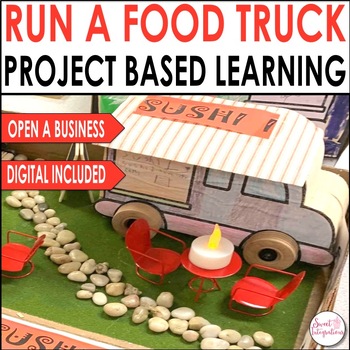
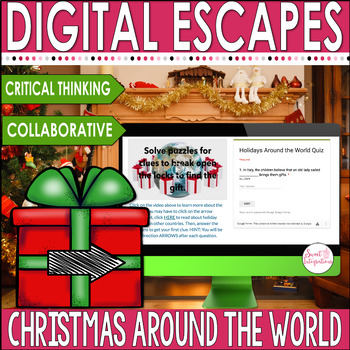

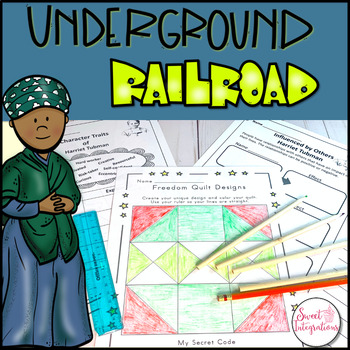
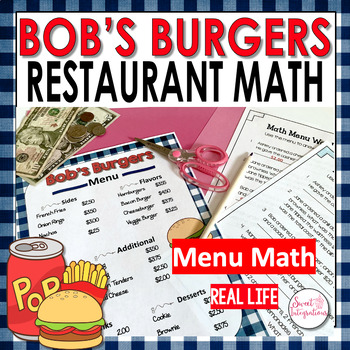
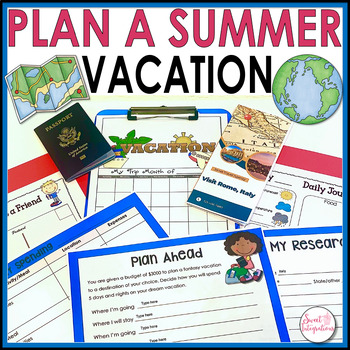
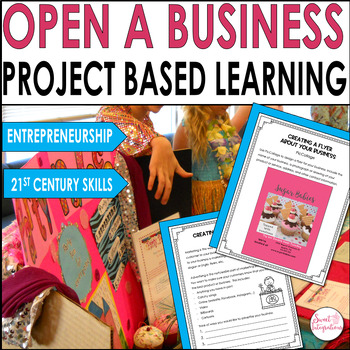
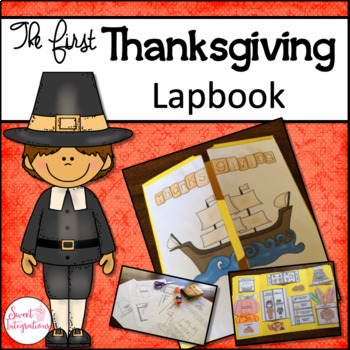
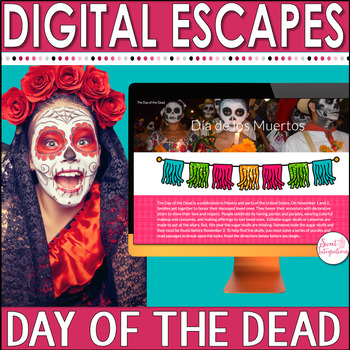
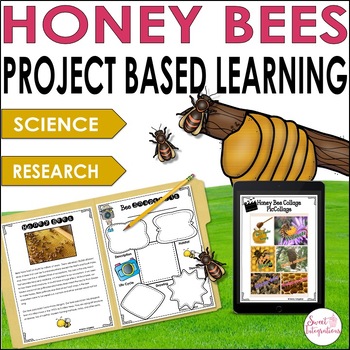



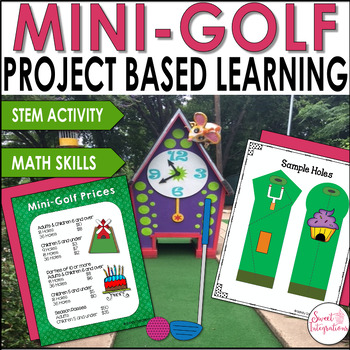
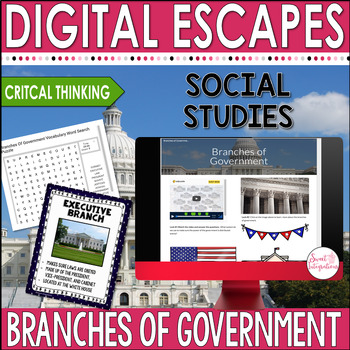

No comments